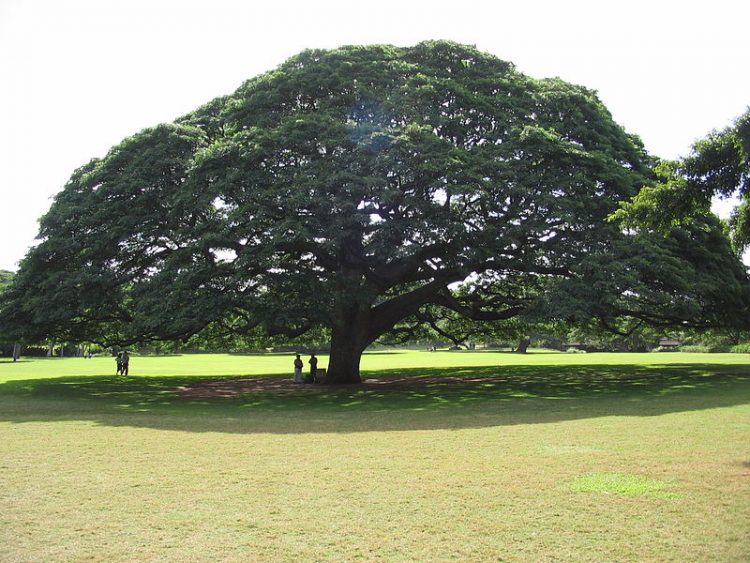The tiny coqui frog may seem harmless, but as night falls over the islands of Hawaii, thousands of these coin-sized critters start terrorizing the local population with their unrelenting mating calls that can reach up to 90 decibels. Luckily, frog whisperer Keevin Meenami speaks their language and can draw the females out when they become to much to bear.
“ko-KEE-ko-KEE-ko-KEE” – that’s the sound that has disrupted countless hours of sleep and scared away both potential home buyers and tourists from several parts of the Hawaiian archipelago, including the Big Island. Originally from Puerto Rico, the tiny coqui frogs have been arriving to Hawaii as cargo-ship stowaways ever since the late 1980s. With no natural predators to trouble them, they have been multiplying rapidly, eluding eradication crews by camouflaging themselves with a brown or yellow coloring that blends into Hawaiian vegetation. In 2004, authorities declared war on the coqui and came up with several plans to wipe them out them from the Big island, which had become their headquarters of sorts, and from where they constantly escaped to neighboring islands. They tried just about everything, but in 2010 they announced nothing could be done to get rid of or even contain the coqui population. These days county, state and private groups are doing everything in their power to prevent the invasive frogs from taking over Oahu, Hawaii’s most populated island. Every time there’s a report of coqui chirping anywhere on the island, intervention teams are deployed to localize and neutralize the threat. Most times the frogs are whacked on the spot, but one man has come up with a non-violent way of dealing with the frogs – he just talks to them.

Read More »









